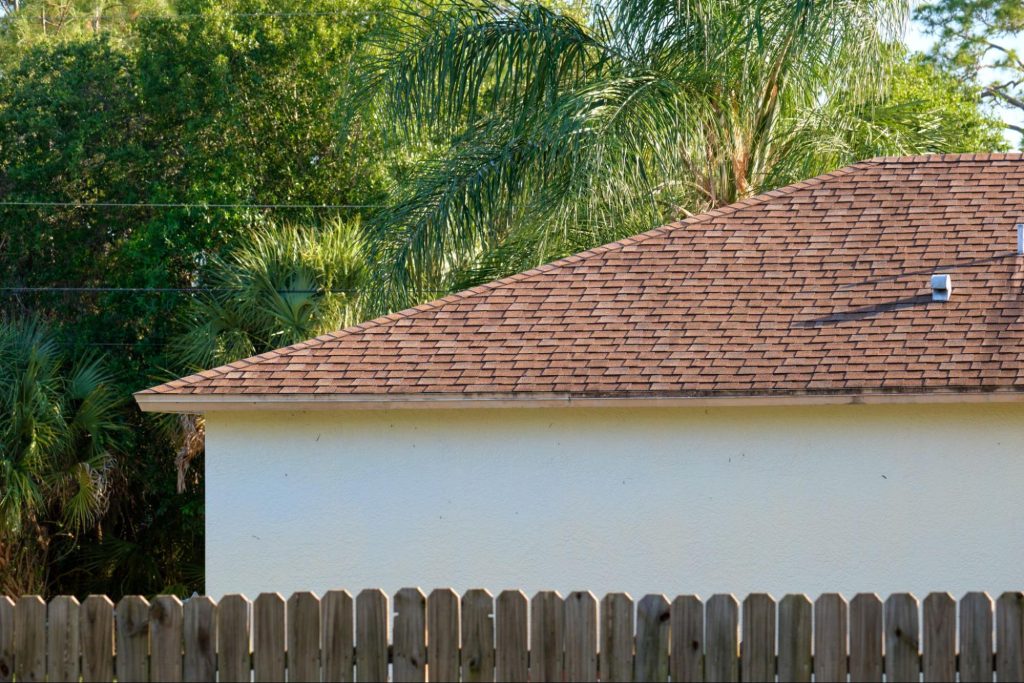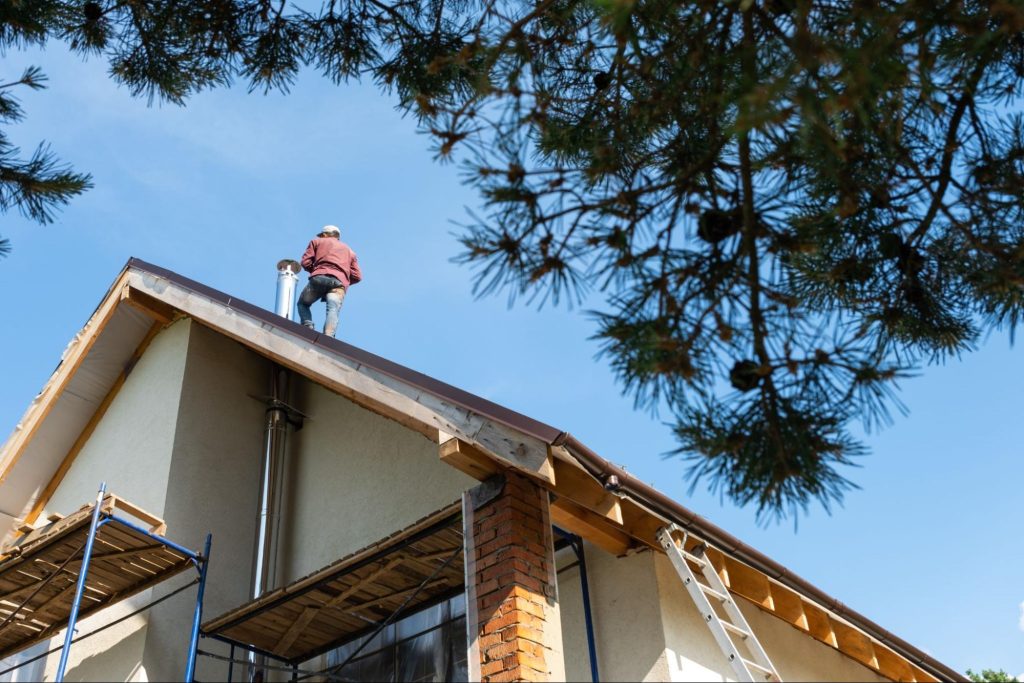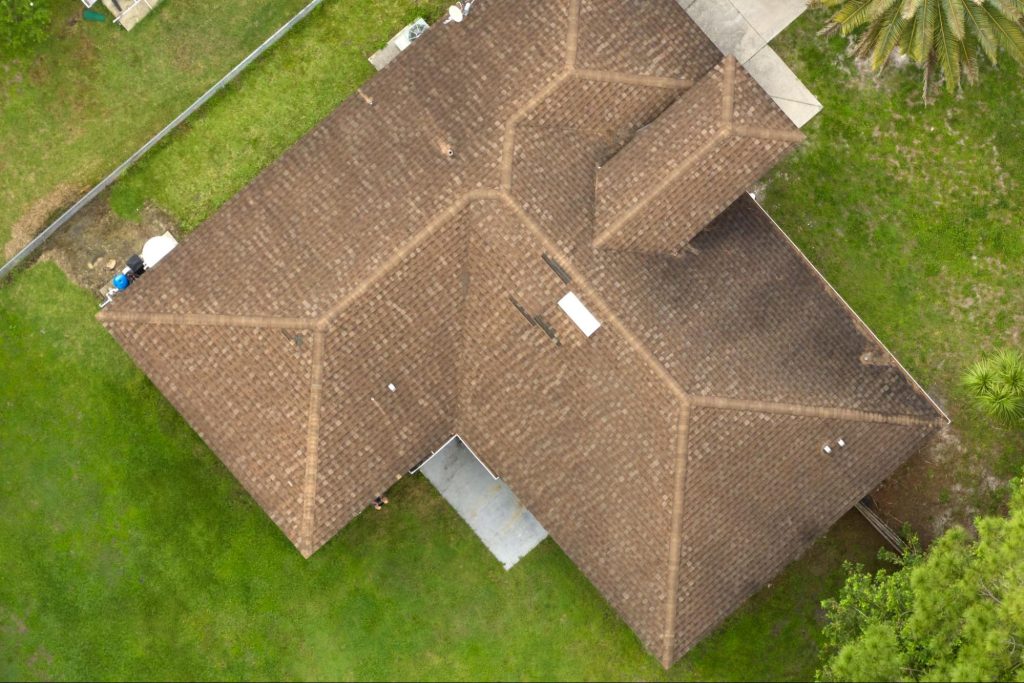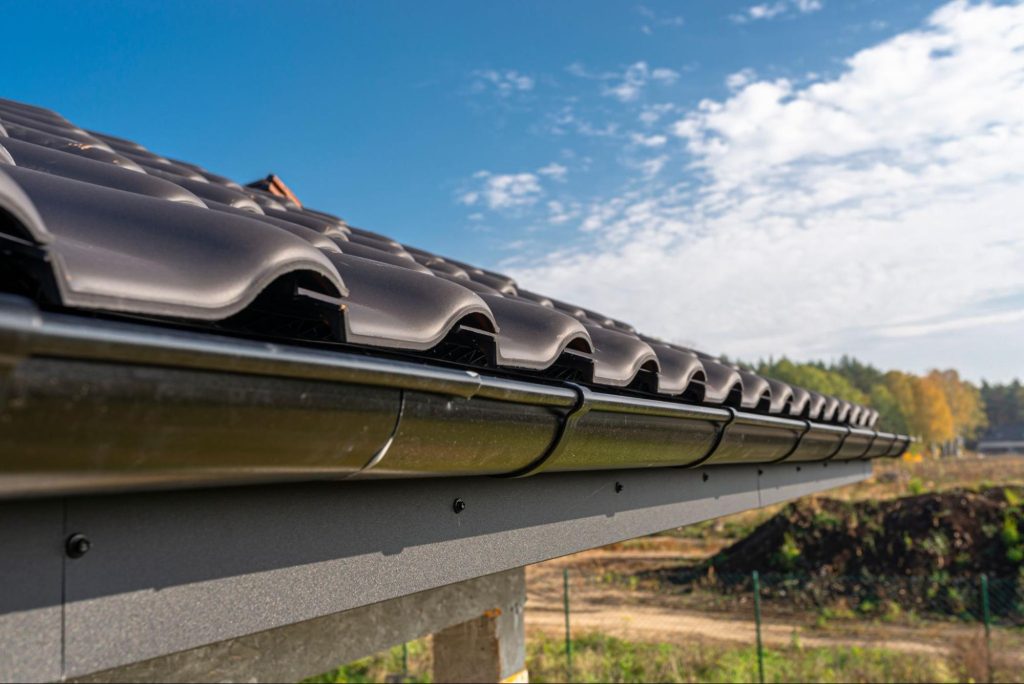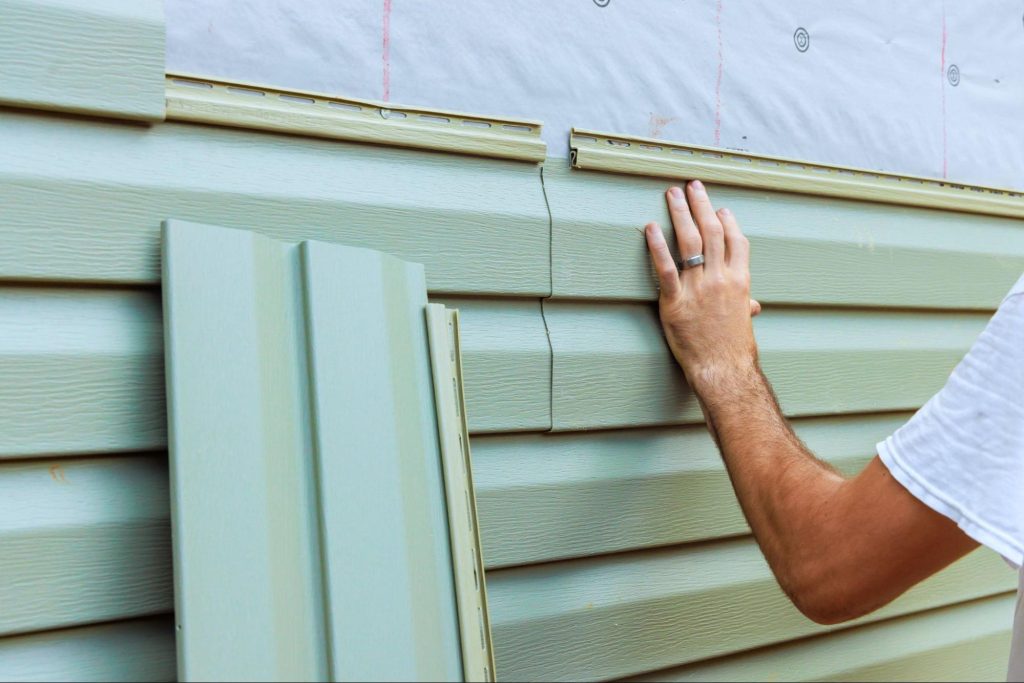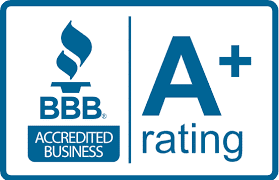When Should You Call for Emergency Roof Services?
Roofing issues often arise without warning, creating an urgent need for prompt action to prevent further damage. In these situations, emergency roof services give homeowners the reassurance they need to safeguard their properties. Identifying the signs requiring immediate attention is vital to protecting your home. Acting quickly with the help of professional roofing services and timely repairs can also help you avoid expensive and extensive problems down the line. Signs You Need Emergency Roof Services There are situations when hiring emergency roof services becomes the safest and most effective solution for protecting your home. Ignoring signs of roof damage can lead to worsening problems, higher repair costs, and even risks to your property’s structural integrity. Awareness of these signs ensures timely action, minimizing potential damage and maintaining a safe environment for your household: Visible Roof Damage Issues such as torn or missing shingles, holes, or sagging areas on your roof are clear indicators of trouble. These damages not only compromise the appearance of your roof but also leave your home vulnerable to leaks and further deterioration. Addressing visible roof damage helps maintain your roof’s structural strength and prevents more extensive repairs. Calling emergency roof services ensures that these problems are fixed before they lead to more serious complications. Water Leaks Inside the Home Water stains on your walls or ceilings often point to a roof leak that needs immediate attention. These leaks can allow moisture to seep into insulation or drywall, resulting in mold growth and weakening of structural components. If left unchecked, small leaks can quickly become significant issues that are costlier to repair. Emergency roof services can address the source of the leak, preventing further water damage to your home. Fallen Trees or Large Debris Storms and high winds often cause trees or large branches to fall onto roofs, creating significant damage. The weight and impact of debris can weaken your roof’s structure or even cause it to collapse in severe cases. Leaving such damage unaddressed may expose your home to water intrusion and other weather-related risks. Emergency roof services provide a quick response to assess the damage, remove debris, and implement temporary fixes. Unusual Noises or Movements in the Roof Creaking, popping, or shifting sounds from your roof may signal structural instability. These noises often occur due to sudden damage or weakened components, especially in older roofs. Failing to investigate unusual sounds can lead to dangerous situations, such as partial roof collapse or falling debris. Professional roofers can inspect and stabilize your roof to ensure your home’s safety. Severe Storm Damage Hailstorms, heavy rains, or strong winds often leave signs of roof damage requiring immediate attention. Shingles may be cracked, displaced, or dented, while gutters can become clogged or detached. Storm damage also increases the likelihood of leaks and structural concerns. Emergency roof services can quickly assess and repair storm-related issues, restoring your roof’s condition and functionality. Poor Installation or Maintenance Roofing systems that are improperly installed or poorly maintained are more likely to experience sudden problems. Inadequate sealing, substandard materials, or improper installation techniques can result in premature wear and unexpected damage. Regular maintenance helps catch these issues early, but in some cases, emergency roof services may be needed to address immediate concerns. Professional roofers can correct installation flaws and ensure your roof is in proper working condition. Age of the Roof As roofs age, they become more vulnerable to wear and tear, making them prone to emergencies. Older materials may crack, warp, or lose their protective coating, exposing your home to leaks and structural issues. A roof that has exceeded its expected lifespan will likely experience unexpected failures during harsh weather conditions. Emergency roof services can provide the repairs or replacements necessary to restore your home’s protection. Mold and Mildew Create Health Risks Moist environments encourage mold and mildew growth, affecting air quality. Spores spread through ventilation systems, triggering allergies and respiratory problems. Quick repairs eliminate moisture sources and prevent mold from spreading further. Electrical Systems Become Hazardous Water infiltration reaches wiring and electrical panels, increasing the risk of short circuits and fire hazards. Sparks from compromised wiring can ignite insulation and surrounding materials. Emergency roof repairs prevent water from reaching critical electrical components. Pest Infestation Worsens Over Time Rodents, birds, and insects enter through damaged roofing materials, creating nests and burrowing into insulation. Small holes expand as pests chew and dig, worsening structural integrity. Sealing entry points quickly prevents further infestation and additional roof damage. Energy Efficiency Declines Damaged roofing allows heated or cooled air to escape, forcing HVAC systems to work harder. As insulation deteriorates due to leaks and exposure, energy bills increase. Emergency roof services restore insulation and reduce unnecessary energy loss. Property Value Drops Significantly A neglected roof signals poor maintenance, making selling a home or commercial building harder. Buyers and inspectors notice visible damage, leading to lower offers and costly negotiations. Addressing roof problems immediately preserves property value and marketability. Repair Costs Skyrocket When left unaddressed, minor damage evolves into extensive problems. Small leaks compromise large roofing sections, requiring full replacements instead of simple patchwork. Emergency services minimize repair expenses by fixing issues before they escalate. Identifying When Emergency Roof Services Are Necessary Roof issues can quickly escalate into costly damage when left unaddressed. Some signs indicate the need for immediate repairs to prevent structural failure, water infiltration, and safety hazards. Calling emergency roof services immediately ensures damage control before the situation worsens. Recognizing key warning signs helps homeowners take quick action and avoid expensive restoration work. Inspect for Visible Structural Damage Cracks, missing shingles, and sagging areas indicate serious roofing problems. Large gaps or broken sections expose the property to water damage, pests, and internal deterioration. Heavy winds, falling debris, and aging materials contribute to roof instability. A professional assessment helps determine if immediate repairs are needed. Check for Sudden and Persistent Leaks Water dripping from ceilings or running down walls signals a failing roof system. Dark stains, bubbling paint, and damp spots suggest ongoing moisture infiltration. Minor



